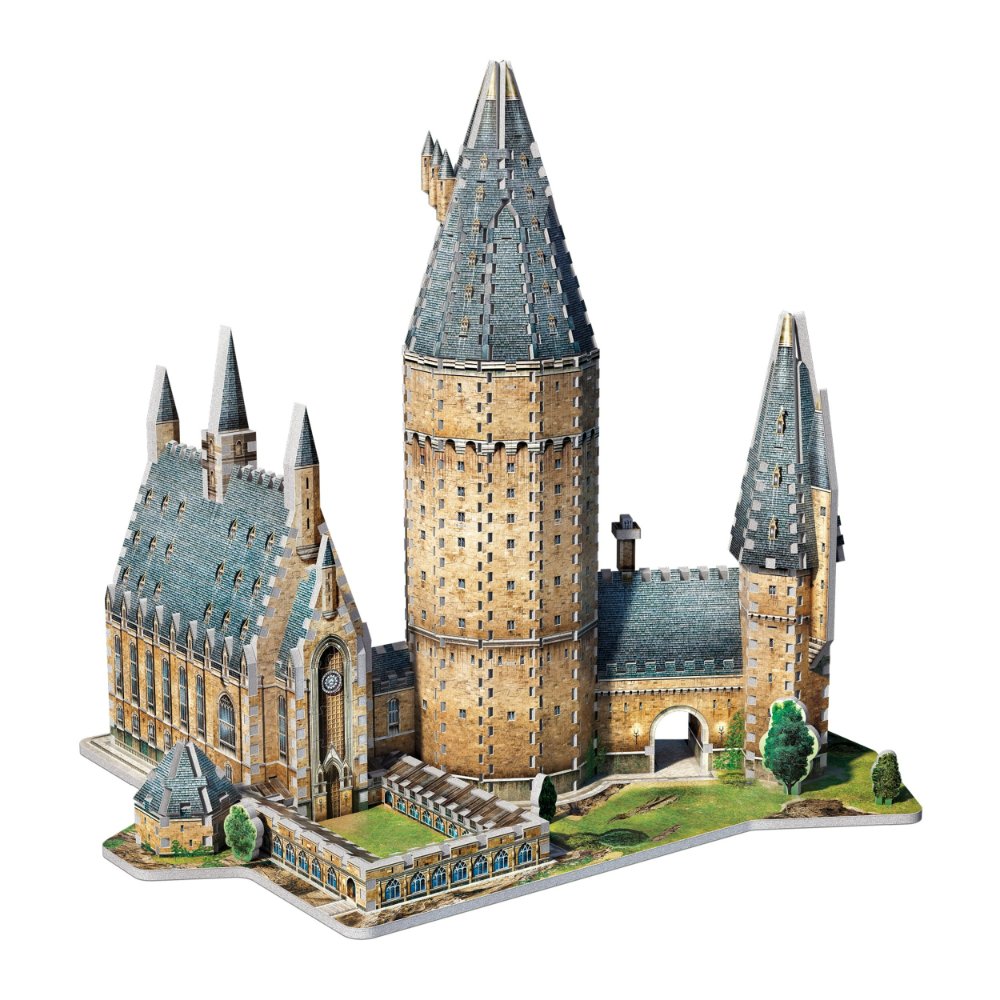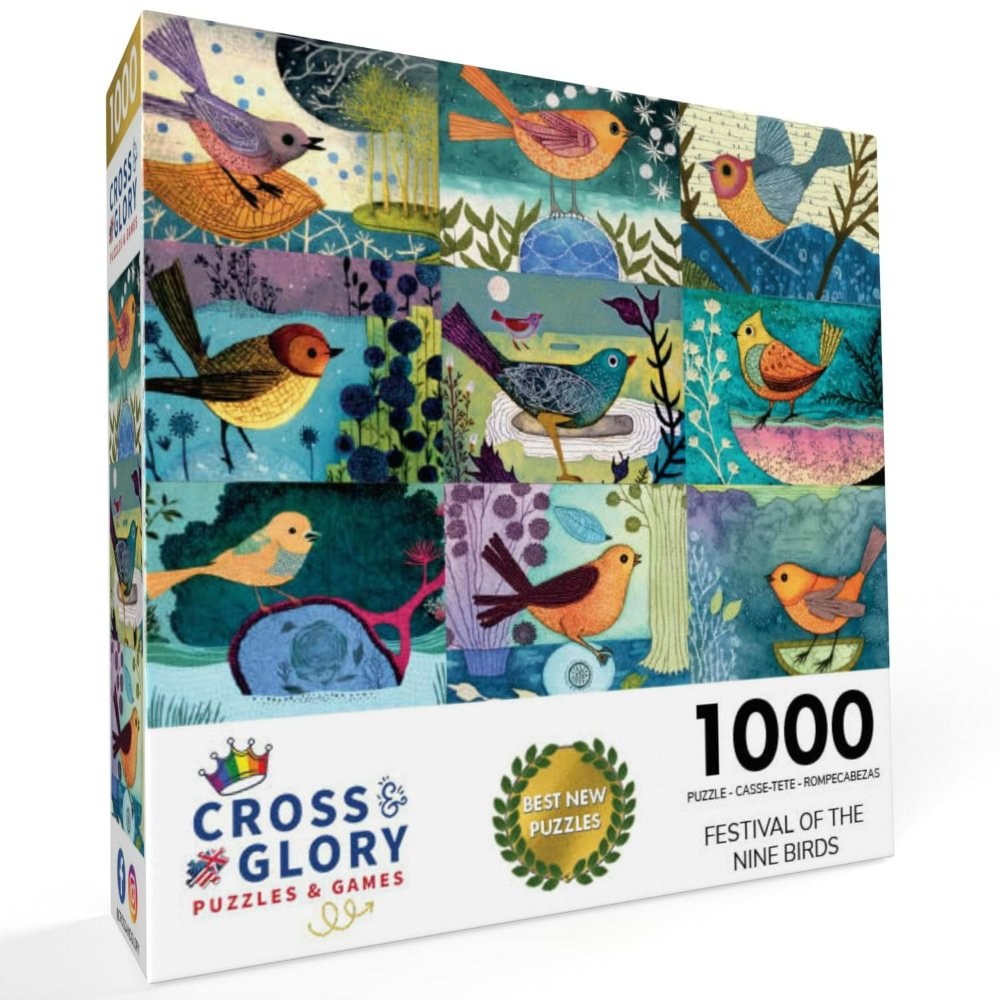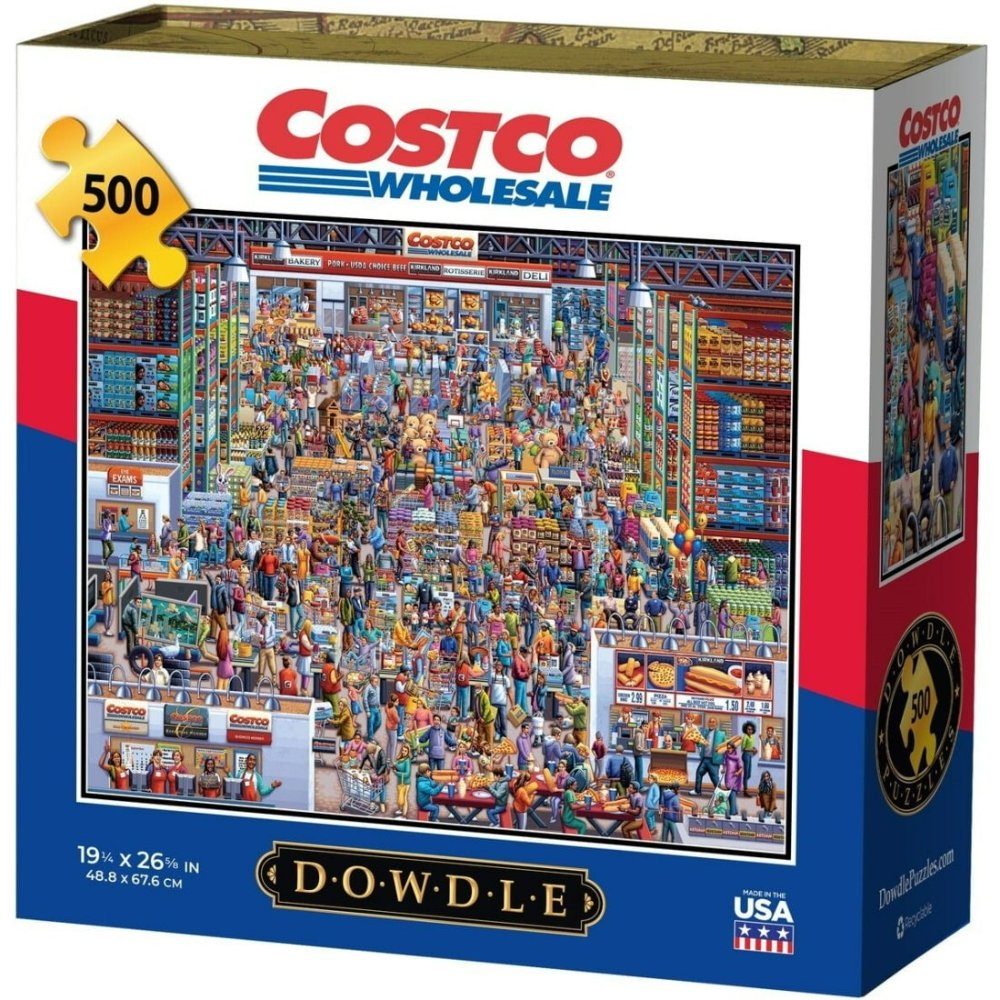Choosing the Right Puzzle for Your Skill Level
Selecting the best puzzle to match your experience is crucial. It ensures both enjoyment and challenge. Here are steps to choose wisely:
- Assess Your Experience: If you’re new, start with simpler designs. Look for large pieces and clear images.
- Check the Piece Count: More pieces usually mean more complexity. Choose fewer for an easier start.
- Consider the Theme: Pick a subject you love. It keeps interest high while you puzzle.
- Read the Difficulty Level: Some boxes note difficulty. Use it to gauge if it’s right for you.
- Ask for Recommendations: Seek advice from experienced puzzlers on the best puzzles for your level.
Remember, the right puzzle should stretch your skills without causing frustration. Strike a balance to make the most of your puzzling time.

Essential Equipment for Puzzle Solving
When embarking on puzzle-solving, having the right tools can enhance your experience. Here’s a list of essential equipment to consider:
- Quality Puzzling Table or Surface: A smooth, flat surface is vital. Choose a table that fits your puzzle size comfortably.
- Puzzle Mat: Roll-up mats allow you to save progress and clear space when needed. A must-have for busy puzzlers.
- Sorting Trays: Keep your pieces organized by color or shape. Trays or shallow containers work well for this.
- Good Lighting: Ensure your space is well-lit. This prevents eye strain and makes piece identification easier.
- Magnifying Glass: For small, intricate pieces, a magnifier can be a real game-changer.
- Reference Image: Keep the puzzle’s box with the full image close by. It serves as a handy guide.
- Piece Holder: A board with edges or a puzzle holder can prevent pieces from falling off the table.
- Flat-end Tweezers: These can help in placing tiny or hard-to-grasp pieces without disturbing the rest.
Selecting the best puzzles comes down to personal preference, but with the right equipment, you’re set for success. The key is to create a comfortable and organized space that allows you to focus on the task at hand. Even if the puzzle is challenging, having these items can make the process smoother and more enjoyable.
Creating an Effective Puzzle-Solving Environment
Creating the right environment is key to puzzle-solving success. Here’s what you should aim for:
- Designate a Puzzling Area: Choose a quiet space. Limit distractions to stay focused.
- Maintain Comfort: Ensure your chair and table height are comfortable for long sessions.
- Control Lighting: Use adjustable lamps. Bright, direct light reduces glare and improves visibility.
- Minimize Clutter: Keep only essential tools and pieces within reach. A tidy space promotes a smooth workflow.
- Stabilize Temperature and Humidity: Control these to prevent warping or peeling of your puzzle pieces.
- Sound Management: Some prefer silence; others opt for background music. Choose what works best for you.
- Encourage Accessibility: Position all your supplies within arm’s reach. This keeps you in the puzzle zone.
An effective environment will help you immerse yourself in solving the best puzzles. It enables sharper focus and greater patience. With everything in place, you can tackle your puzzles with confidence and ease.

Strategies for Starting and Sorting Pieces
Embarking on the best puzzles begins with a smart strategy for sorting pieces. Efficient sorting saves time and boosts your solving speed. Here are some strategic steps to get started:
- Lay Out All Pieces: Spread all pieces face-up on your table. Spotting unique colors and patterns is easier this way.
- Group by Colors: Collect pieces with similar colors together. It sets the stage for quicker assembly later.
- Identify Edge Pieces: Look for flat edges. Assemble the border first to frame your puzzle space.
- Sort by Shapes: Separate pieces by their shapes if your puzzle pieces vary. This approach pinpoints their potential placement.
- Use Sectioning: Focus on smaller sections of the puzzle. It breaks the task into manageable chunks.
- Create Subcategories: Within color groups, organize by shades or gradients. Depth in sorting leads to a smoother assembly.
Starting strong with these tactics dramatically increases your chances of conquering the best puzzles. Keep your sorting smart, and you’ll set a solid foundation for the puzzling journey ahead.
Techniques for Efficient Piece Assembly
Once you have your pieces laid out and sorted, it’s time to assemble. Here are some techniques to help you do it efficiently:
- Start with the Border: Building the edge of your puzzle frames the work area.
- Split into Sections: Work on smaller sections of the puzzle to make progress less overwhelming.
- Connect Color Groups: Take the color-sorted piles and start piecing them together.
- Piece by Shape: If the pieces are unique, match them by their shape.
- Look for Patterns: Patterns guide where a piece might fit, especially with larger puzzles.
- Use the Image: Always refer back to the reference image for guidance.
- Stay Patient: Some pieces take time to find their right place. Don’t rush it.
Assembling puzzles can be a joy if you apply these techniques. Each step is about building momentum towards the finale. Remember, the right method can turn a sprawling challenge into an achievable task.

Troubleshooting Common Puzzle Challenges
When tackling the best puzzles, you might face some hiccups along the way. Here’s how you can overcome typical issues:
- Missing Pieces: Search your work area thoroughly. Check under the table or in the box. It’s common for pieces to hide in plain sight.
- Fit Confusion: If a piece doesn’t fit right, don’t force it. Try looking for a better match, keeping the piece’s shape and image in mind.
- Challenging Sections: Break tough parts into smaller chunks. Focus on one color or pattern at a time to make it manageable.
- Image Obscurity: When the image isn’t clear, look closely at the piece’s details. Match colors and lines to find their place.
- Motivation Dip: Take breaks if you’re feeling stuck or tired. Fresh eyes make finding solutions easier.
By addressing these challenges head-on, you maintain momentum on your path to puzzle mastery. Remember, patience and perseverance turn obstacles into stepping stones to success.
Preserving and Displaying Finished Puzzles
Completing one of the best puzzles is an achievement worth showcasing. Here’s how to preserve and display your masterpiece:
- Laminate for Longevity: Consider laminating your puzzle. This protects it from dust and fading.
- Frame Your Puzzle: A frame turns your puzzle into wall art. Choose a frame that complements the image.
- Use Puzzle Glue: Secure pieces together with puzzle glue. Apply it smoothly for a clear finish.
- Mount on a Backing Board: Glue your puzzle to a backing board. It adds stability for hanging or displaying.
- Store Safely: If not displaying, store your puzzle flat in a protective case or between cardboard sheets.
- Create a Puzzle Album: Take photos of your finished puzzles. Compile them in an album to showcase your work.
- Display on a Shelf: Stand your puzzle on a shelf with a puzzle easel for an easy, reversible option.
Whether you hang it, place it on a shelf, or tuck it away safely, your completed best puzzles serve as a testament to your dedication and skill. Choose the display method that best suits your space and style to enjoy your work for years to come.
Expanding Your Puzzle Skills with Variations and Genres
To master the art of solving the best puzzles, it’s essential to explore various types and genres. This diversity can enhance your problem-solving abilities and keep your puzzle experience fresh and exciting. Here are ways to expand your puzzle skills:
Explore Different Types of Puzzles
Diversify your puzzle collection by including different types:
- Jigsaw Puzzles: Start with traditional jigsaws and then try varying piece counts.
- 3D Puzzles: Build vertical structures for a new dimension in puzzling.
- Brain Teasers: Metal and wooden puzzles test your manipulation skills.
Each type presents unique challenges and requires different strategies.
Engage with Various Puzzle Genres
Delve into the array of puzzle genres that exist:
- Art and Photography: Enjoy assembling beautiful scenes or famous artworks.
- Maps and Landscapes: Geographic puzzles can teach while you piece together the world.
- Educational: From history to science, learn new facts with every completed piece.
- Fantasy and Sci-Fi: Imaginative puzzles transport you to other worlds.
Trying new genres can broaden your interests and understanding of different themes.
Increase Complexity Gradually
Push your limits by increasing the complexity of your puzzles:
- Higher Piece Counts: Gradually work your way up to puzzles with thousands of pieces.
- Complex Patterns: Look for puzzles with repetitive patterns or minimal color differentiation.
- Time Challenges: Set a timer to add urgency to your solving process.
By challenging yourself, you’ll sharpen your skills and find satisfaction in each victory.
Join Puzzle Communities
Connect with other enthusiasts:
- Online Forums: Share tips and seek advice from fellow puzzlers.
- Local Clubs: Join a local puzzle club to meet and bond over shared interests.
- Competitions: Test your skills against others in puzzle-solving contests.
Engaging with a community exposes you to new puzzles and techniques, enhancing your enjoyment.
By venturing into different types and genres of puzzles, you not only improve your puzzle-solving skills but also discover a deeper appreciation for this enthralling pastime. Embrace the variety and watch your abilities—and your puzzle collection—grow.


